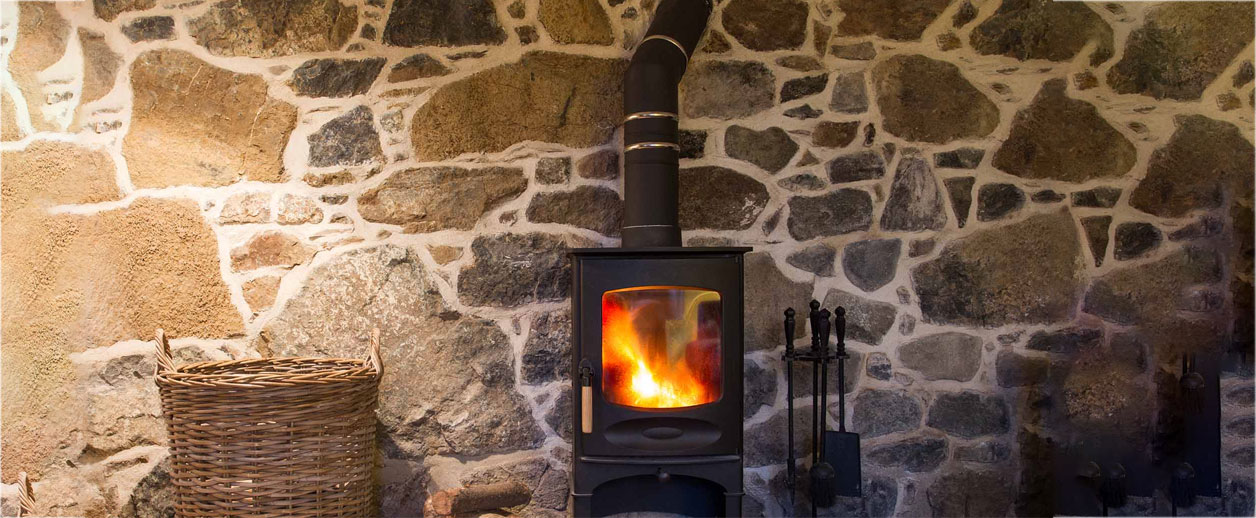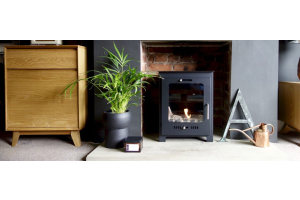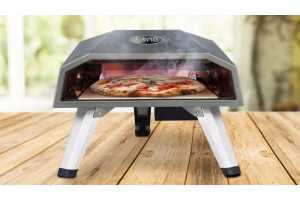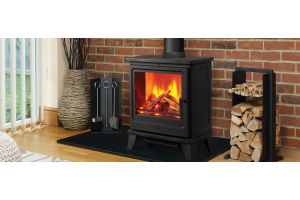Common Problems with Wood Stove Flue Pipes & How to Fix Them with Stovebay Solutions

Comprehensive Troubleshooting Guide: Common Problems with Wood Stove Flues Pipes and How to Fix Them with Stovebay Solutions
Stovebay wood stoves offer unparalleled warmth and comfort during chilly winters, but like any heating appliance, they can encounter issues over time. Among the critical components of a Stovebay wood stove system, the flue pipe stands as a crucial element, responsible for safely venting smoke and gases outside the home. However, problems with flue pipes can arise, compromising the stove's efficiency and potentially posing safety risks. In this comprehensive guide, we delve deep into the common issues associated with wood stove flue pipes and provide practical solutions, drawing from Stovebay's expertise in wood stove technology.
1. Creosote Buildup:
Creosote buildup ranks among the most prevalent and concerning issues with wood stove flue pipes. This sticky, tar-like substance forms due to incomplete combustion of wood, not only reducing stove efficiency but also posing a significant fire hazard. Creosote buildup often occurs when the stove is operated at low temperatures or with damp or unseasoned wood.
When creosote deposits accumulate within the flue pipe, they can restrict airflow, reduce draft, and increase the risk of chimney fires. Creosote buildup may also emit unpleasant odors and reduce the overall performance of the wood stove.
Solution:
Stovebay advocates for regular cleaning to thwart creosote buildup. Employ a chimney brush to thoroughly sweep the flue pipe, eliminating any creosote deposits. Consider scheduling professional chimney cleaning at least once a year for a more comprehensive inspection and cleaning regimen.
Additionally, to minimize creosote buildup, ensure proper burning practices. Use well-seasoned hardwoods and maintain a hot, clean-burning fire. Avoid restricting airflow by using too little fuel or closing the damper too soon.
2. Blockages:
Debris, such as leaves, bird nests, or even small animals, can obstruct the flue pipe, impeding proper ventilation and leading to smoke backup into your home. Blockages may occur at any point along the flue pipe, including the chimney cap, elbow joints, or vertical sections.
In addition to debris, blockages may also result from creosote buildup, especially if the creosote hardens and forms a solid mass within the flue pipe. Blockages can cause smoke to back up into the home, leading to poor indoor air quality and potential health hazards.
Solution:
Stovebay emphasizes the importance of regular flue pipe inspections. Utilize a flashlight to examine the pipe's interior from the stove's opening. Should you detect any obstructions, cautiously remove them using a chimney brush or specialized chimney sweep tool. Installation of a Stovebay chimney cap is also recommended to prevent future debris and animal intrusions.
To prevent blockages, it's essential to practice proper burning techniques and schedule regular chimney maintenance. Avoid burning wet or unseasoned wood, as this can lead to increased creosote buildup. Additionally, install a chimney cap to prevent debris and animals from entering the flue pipe.
3. Rust and Corrosion:
Flue pipes often endure exposure to moisture and harsh weather conditions, fostering rust and corrosion over time, particularly with galvanized steel pipes. Rust and corrosion can compromise the structural integrity of the flue pipe, leading to leaks, blockages, and potential safety hazards.
Rust and corrosion may occur on both the interior and exterior surfaces of the flue pipe. Interior rust may result from condensation, especially in high-efficiency wood stoves that produce cooler flue gases. Exterior rust is typically caused by exposure to moisture and outdoor elements.
Solution:
Stovebay advises periodic inspection of the flue pipe's exterior for signs of rust or corrosion, such as rust spots or flaking paint. Address surface rust by employing steel wool, followed by application of high-temperature stove paint to safeguard the pipe against further corrosion. Consider upgrading to a stainless steel flue pipe, available through Stovebay, renowned for its superior resistance to rust and corrosion.
Additionally, to prevent rust and corrosion, ensure proper ventilation and minimize exposure to moisture. Install a chimney cap to prevent rainwater and snow from entering the flue pipe. Regularly inspect the flue pipe for signs of rust or corrosion, and address any issues promptly to prevent further damage.
4. Improper Installation:
Incorrect installation of the flue pipe can precipitate a myriad of problems, including poor draft, smoke leakage, and structural instability. Improper installation may result from inadequate support, improper alignment, or insufficient clearance to combustible materials.
Improperly installed flue pipes can compromise the safety and efficiency of the wood stove system, leading to potential fire hazards and reduced heating performance. Common signs of improper installation include smoke leaks, condensation buildup, and difficulty maintaining a hot, clean-burning fire.
Solution:
If suspicions arise regarding improper installation, Stovebay recommends consulting with a certified chimney sweep or wood stove professional. They possess the expertise to assess the installation thoroughly, identifying any discrepancies and effectuating necessary adjustments to ensure proper alignment, support, and sealing of the flue pipe, thereby guaranteeing optimal performance of your Stovebay wood stove system.
Additionally, to prevent improper installation, it's essential to hire qualified professionals with experience in wood stove installation. Ensure that the flue pipe is installed according to local building codes and manufacturer specifications. Regularly inspect the flue pipe for signs of damage or deterioration, and address any issues promptly to prevent further problems.
Maintaining a properly functioning wood stove flue pipe is paramount for the safety and efficiency of your Stovebay wood stove system. By addressing common problems such as creosote buildup, blockages, rust, corrosion, and improper installation, you can bask in the warmth and comfort of your Stovebay wood stove while mitigating the risk of hazards. Leveraging Stovebay's expertise in wood stove technology, this guide offers invaluable insights and solutions for preserving your wood stove flue pipe in optimal condition for years to come. Regular inspection, cleaning, and professional maintenance, guided by Stovebay's recommendations, ensure reliable performance and peace of mind throughout the winter months and beyond.








